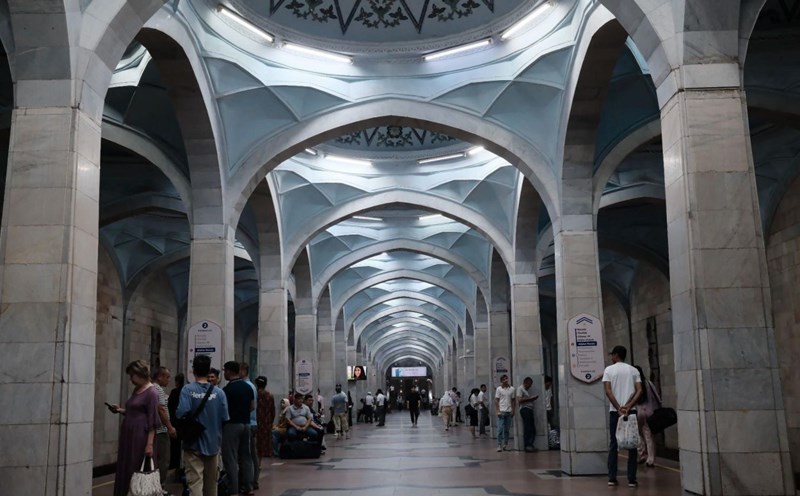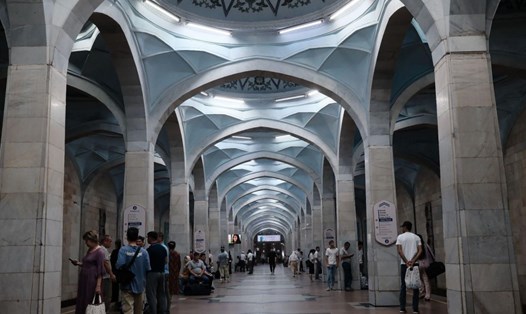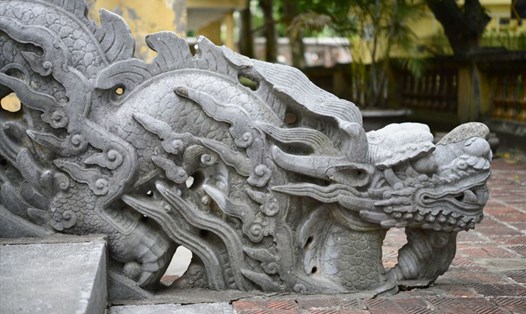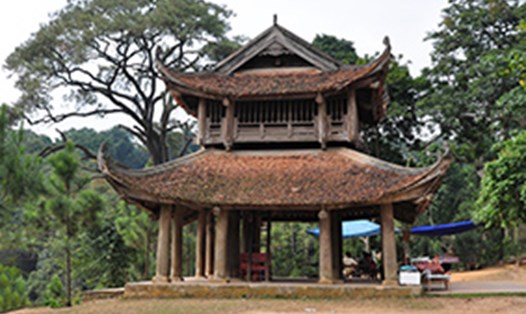Built in 1939 by the monks of the German Sea, the monastery is a symbol of the blend of faith, art and nature, including many items such as: Chau Son Church, monkhood, Fatima praying garden...
The most prominent feature of Chau Son Institute is the Western Gothic architecture. The main facade of the monastery is the church with sparkling dome, the pink stained glass windows are elaborately crafted, creating a feeling of both sacredness and romance. The red brick walls are kept in their original colors, not plastered or painted, making this place like an ancient church that has been forgotten by time.
Inside the church, the large and quiet space brings a mysterious feeling. The high, symmetrical rows of columns, connected by role-playing arches create visual depth, leading the human mind into a peaceful inner world. The ceiling is designed in the shape of a dark wooden arch, combined with gentle light through colored glass windows, creating an artistic reflection space.




Not only the church, the entire monastery campus is planned in a harmonious manner. The residential areas, libraries, vegetable gardens and lakes have the appearance of simple, pure, showing the philosophy of recluse, prayer and labor of the German monks. The paved roads winding around the soaring pine trees, mossy stone statues between the flower garden increases the calmness of this place.




The palace is open to visitors but only at certain fixed times of the day, and ensures the inherent solemnity. Visitors coming here to "check-in" are also there, but mainly to admire the beauty in silence, and sometimes just to listen to the bell ringing in the mountains and forests - as a gentle reminder of the simplicity but depth of faith life.
Chau Son Institute is not only a beautiful architectural work, but also a symbol of the meeting between the two cultures of the East and the West, between art and spirituality, between material and spiritual.









